Native River Mint (Mentha australis): Australia’s Refreshing Native Herb
Introduction: A Native Treasure
Native River Mint (Mentha australis), also known as native peppermint or Australian mint, is a fast-growing perennial herb endemic to Australia. Thriving along riverbanks, creeks, and in damp forested areas, River Mint has long been used by Indigenous Australians for its aromatic, medicinal, and culinary properties. Today, it’s enjoying a resurgence among chefs, home gardeners, and bushfood enthusiasts.
Botanical Profile
- Scientific name: Mentha australis R.Br.
- Common names: Native River Mint, Native Peppermint
- Family: Lamiaceae
- Habitat: Moist, shaded environments across NSW, VIC, QLD, SA, and TAS
- Growth habit: Upright to sprawling perennial herb, 30–80 cm tall
- Flowers: Small mauve to white blooms from summer to autumn
- Aroma & flavour: Distinctive mild minty aroma with earthy, peppery undertones
Traditional Knowledge: Uses by Indigenous Australians
Indigenous communities have long understood the power of Mentha australis. It was used to:
- Relieve cold symptoms, coughs, and congestion
- Treat digestive issues and stomach cramps
- Serve as a natural insect repellent
- Add flavour to meats, teas, and infusions
- Cleanse wounds due to its antiseptic properties
Culinary Applications
River Mint’s flavour is milder and sweeter than common peppermint. It’s incredibly versatile in both savoury and sweet dishes:
- Teas & Cocktails: Refreshing in native herb teas or bushfood mojitos
- Lamb & Game: A brilliant native twist in mint sauces or rubs for meat
- Desserts: Complements chocolate, citrus, berries, and native fruits
- Salads & Dressings: Finely chopped for vinaigrettes, salsas, or chutneys
Health Benefits & Antioxidant Properties
A 2023 study published in Plants (MDPI) revealed that Mentha australis is packed with antioxidants. Researchers identified 123 phenolic compounds, including:
- Rosmarinic acid
- Chlorogenic acid
- Caffeic acid
- Apigenin & Luteolin derivatives
These compounds support antioxidant activity, anti-inflammatory effects, antimicrobial potential, and improved wellbeing.
How River Mint Compares to Common Mint
| Feature | Mentha australis (River Mint) | Mentha × piperita (Common Peppermint) |
|---|---|---|
| Origin | Native to Australia | European hybrid |
| Flavour | Milder, earthy, menthol-peppery | Intense, sharp, mentholic |
| Invasiveness | Less aggressive | Highly invasive |
| Cultural role | Traditional Indigenous uses | European medicinal history |
How to Grow River Mint
- Position: Semi-shade to part sun
- Soil: Moist, fertile, well-drained soil
- Watering: Keep consistently moist
- Maintenance: Cut back regularly to prevent legginess
- Harvest: Snip young leaves regularly for best flavour
Where to Buy Native River Mint
Grown using organic and sustainable methods on our regenerative farm, our River Mint is rich in flavour and perfect for teas, cooking, or planting in your home garden.
Final Thoughts
Native River Mint (Mentha australis) is a fragrant, versatile herb that reflects the wisdom of Australia’s First Nations peoples and the richness of our natural environment. Whether you're brewing a native tea, adding depth to lamb dishes, or exploring bush medicine, River Mint deserves a place in every garden and kitchen.
References & Further Reading:
- Wikipedia – Mentha australis
- Ali et al. (2023), MDPI – Plants
- Australian Native Plants Society
- Tucker Bush
- Herbie’s Spices
- Low, T. (1991). Wild Food Plants of Australia
- Clarke, P.A. (2008). Aboriginal Plant Collectors
- Gardening Australia






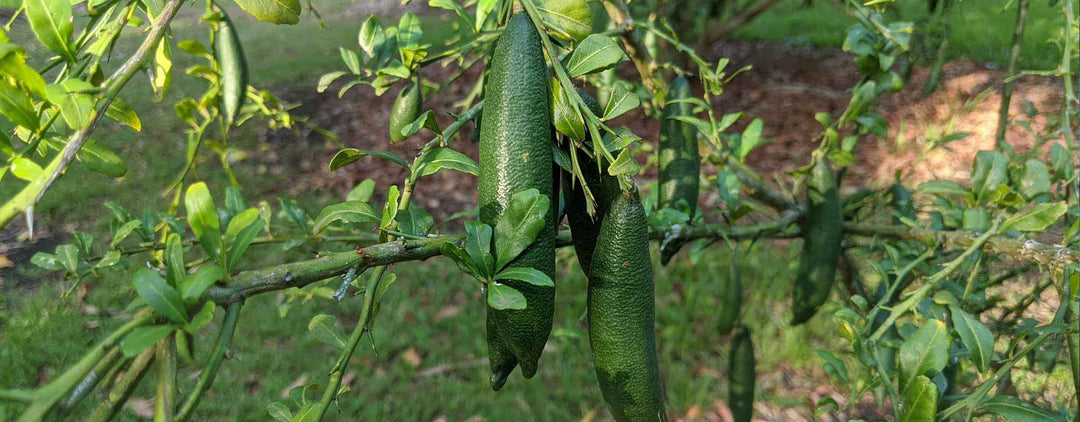
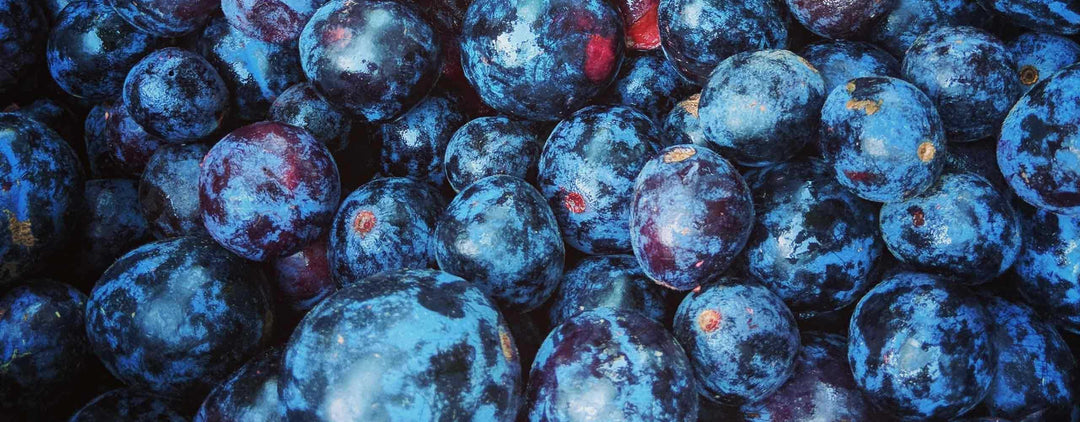
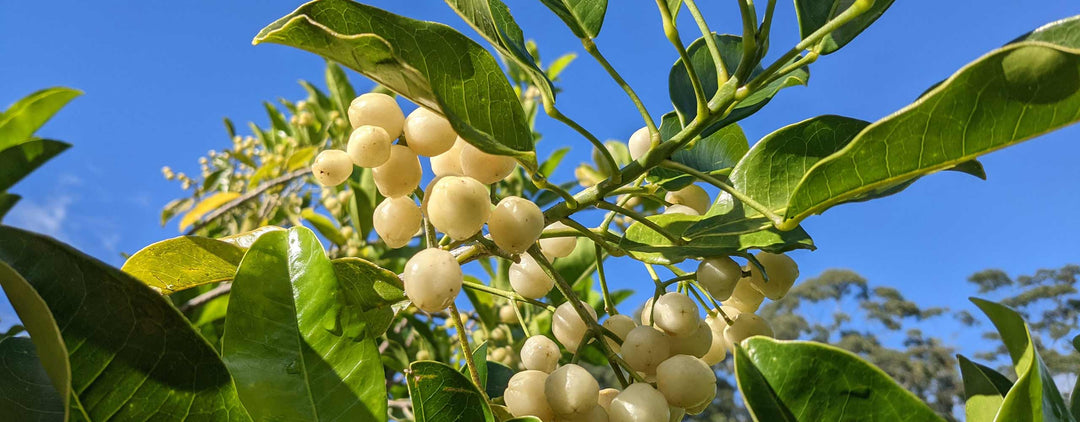
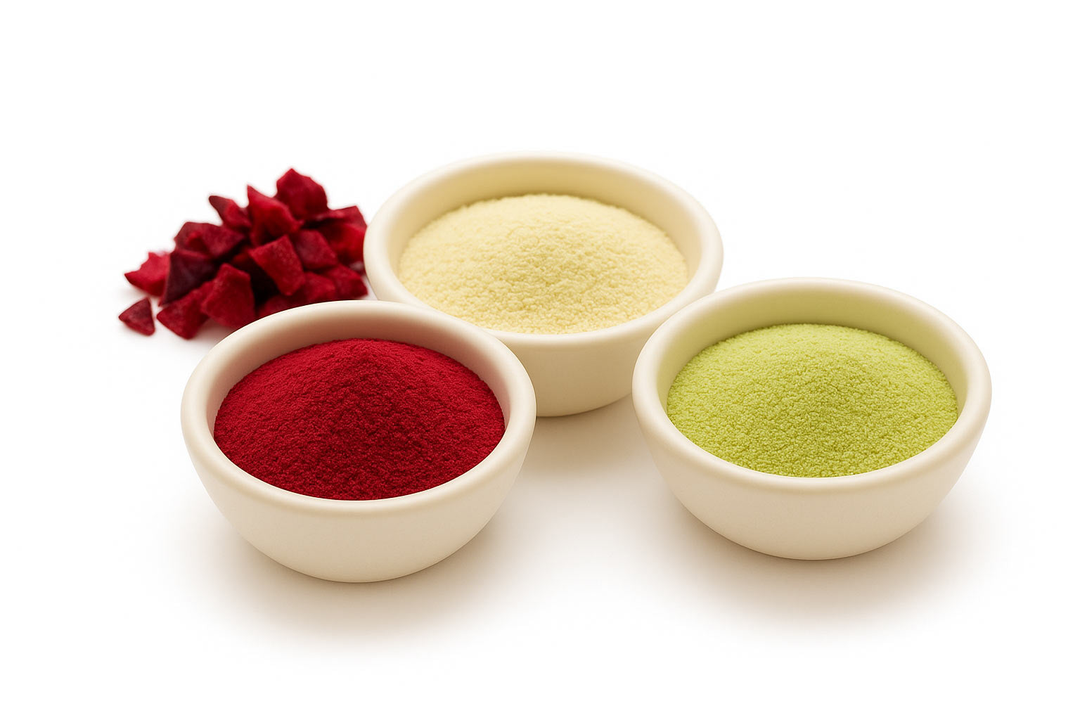


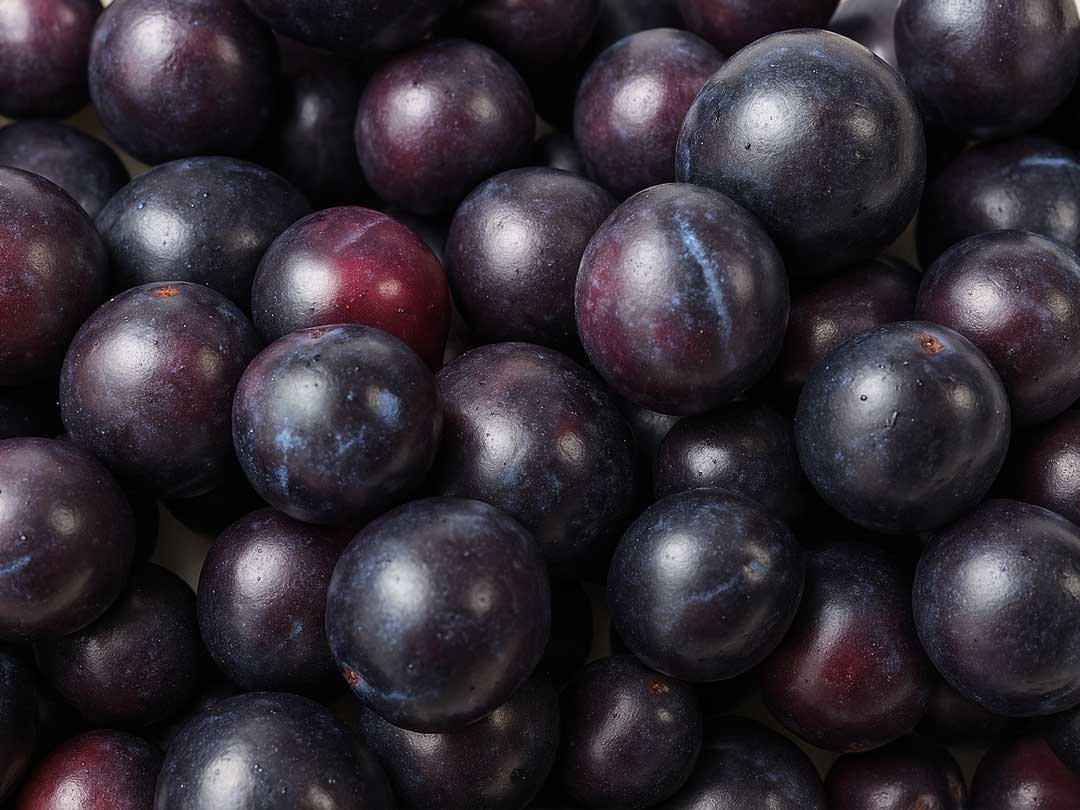
Leave a comment